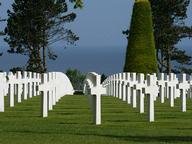
It All Happened in the 1940s...Or Did It? Quiz
World War II dominated the 1940s on a global stage but it was also a period of great change. All the events in this quiz occurred in the 30s, 40s, and 50s. Your job is to identify those events that occurred specifically only in the 1940s.
A collection quiz
by 1nn1.
Estimated time: 3 mins.